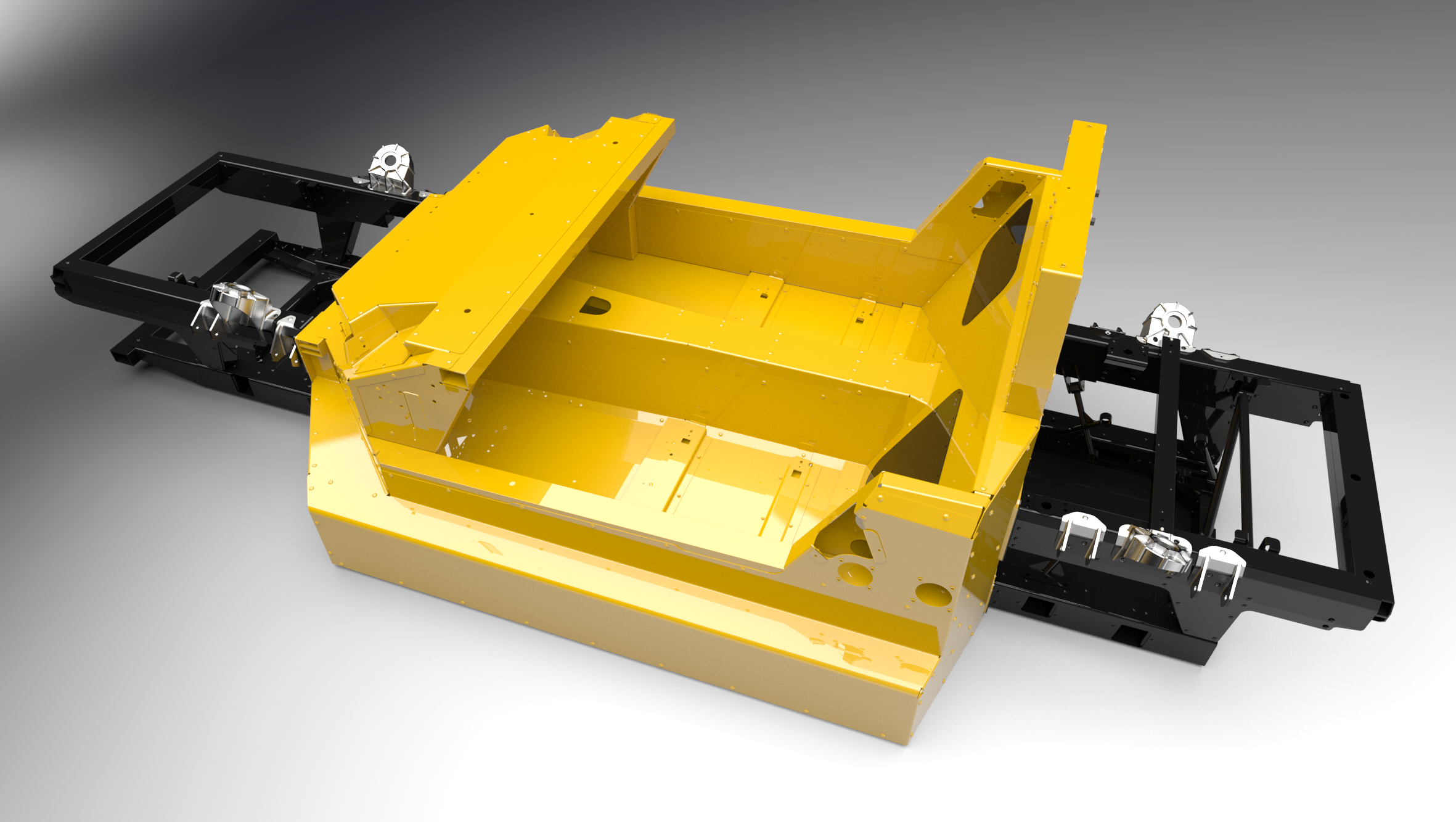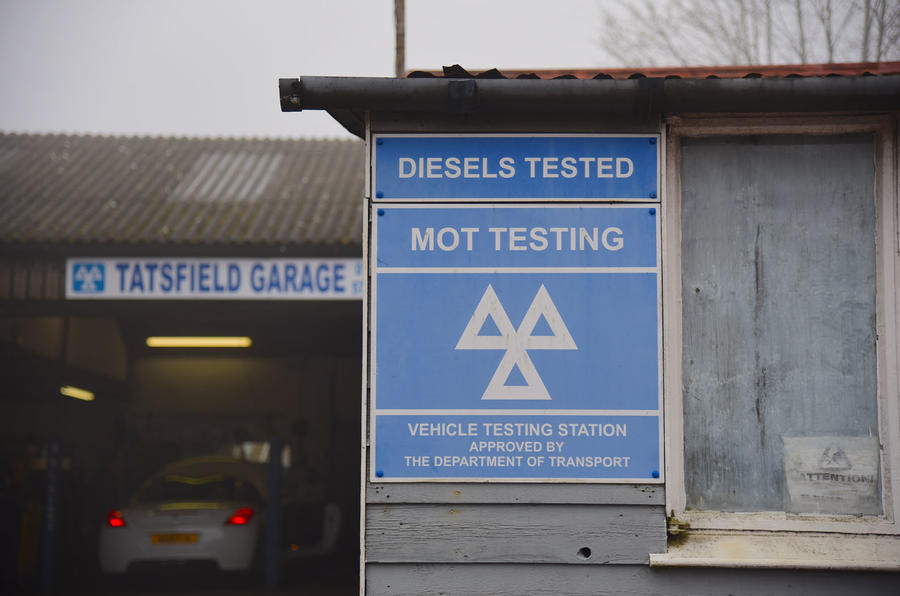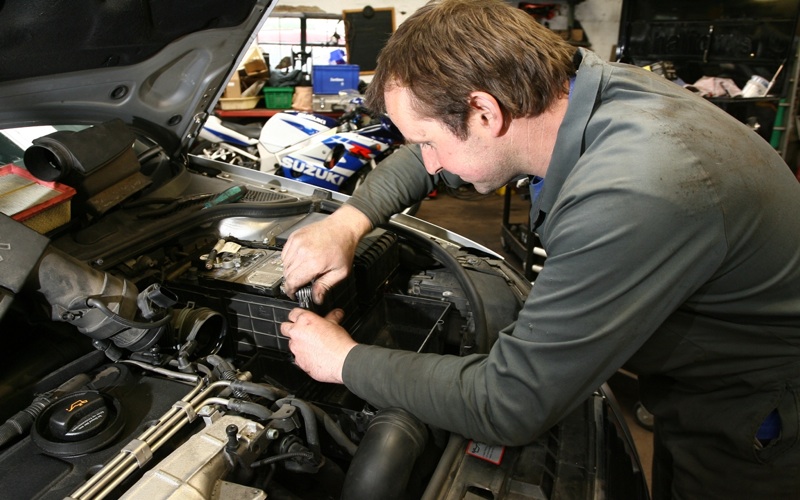If your manufacturing operations don’t utilise economies of scale, to use the business-jargon version, then you will never make money in a world in where profit margins are slim and disruptive shocks are becoming the norm, especially in the mass-market end of the car choice.
“Autos is a high fixed-cost/ scale business,” wrote analyst Adam Jones of Morgan Stanley last year. “Returns are maximised when you can achieve very high volume per [unit].”
His point was that profits can only flow on annual volumes over 100,000. A key aim is finding an alternative to the stamping press, a vast and vastly expensive machine that uses immense force to stamp out panels and other car parts from steel.
Not only is the press expensive, but so too are the dies – the patterns that create the shape of the parts. “I’ve seen pressed steel dies at $3-4m each,” said Jean-Philippe Launberg, former technical director of General Motors in Brazil and now strategy and business director of Gordon Murray Design (GMD). “And you don’t just need one for a piece; you need four, five or even six steps.”
The solution preferred by GMD and others, including hydrogen fuel-cell vehicle hopeful Riversimple, London taxi (but now branching out to low-cost cars) maker LEVC, commercial EV start-up Arrival and others, are panels pressed from composites, rather than steel.
Plastic panels are still pressed but at a much lower pressure, between 100 and 400 tonnes, compared with 3000-5000 tonnes for steel, Launberg said, and it’s done in a single step rather than multiple steps.
“It enables profitable vehicles than a lower volume than steel,” he explained. “The cost of building a factory for the car is cut by 40%.”
Plastic panels can also cut the weight of the vehicle by at least 20%, Launberg said. GMD offers a production process utilising the technology, called iStream, to interested companies. It also uses this method for its own supercars: the T30 and T55.
Launberg said two firms are in the process of using it to bring vehicles to market, one below 5000 a year the other in the “tens of thousands”. Neither is TVR, an iStream customer that’s still in the process of amassing funds to make its Griffith sports car.
The process of sticking non-structural composite panels onto a stiff frame can be done cheaply enough to allow shorter runs of models that are more runabout than rarefied.
“If you make steel cars, the optimal scale is about 300,000 for a model [over the course of its life], because that’s what you spit out from pressed steel tools,” said Riversimple founder Hugo Spowers.
“As soon as you go to composite, the maximum throughput of one set of tooling is 5000 vehicles, and so that’s how many you assemble on site.”
The process cuts the need for the megaplant, Spowers argued. “The beauty of this manufacturing model is if I wanted to make 50,000 instead of 5000, we would build more small plants, not a bigger plant,” he said.
That plant might make a different variant of Riversimple’s dinky lightweight two-seater, which is still in development.
“I’m only gambling two-to-three years ahead about what the market wants, rather than 10 years ahead for a big plant.”
Written by: Nick Gibbs












Go to comments